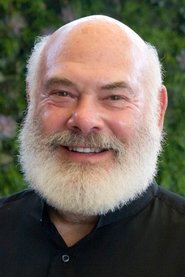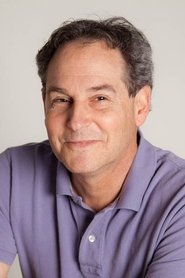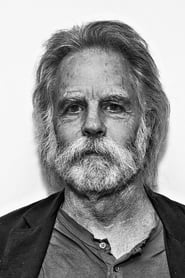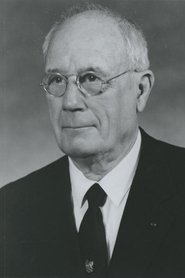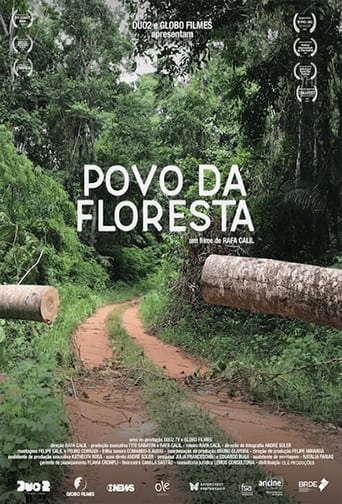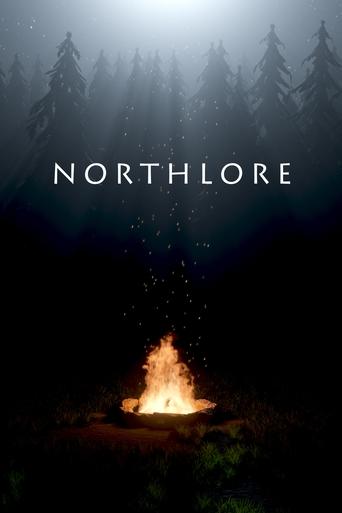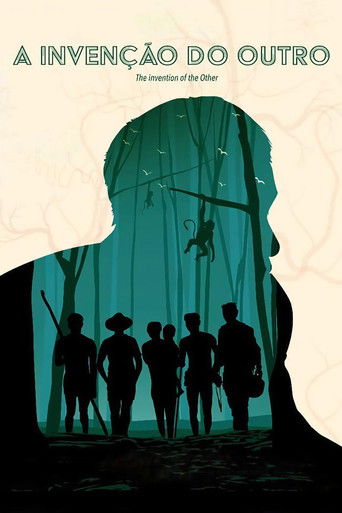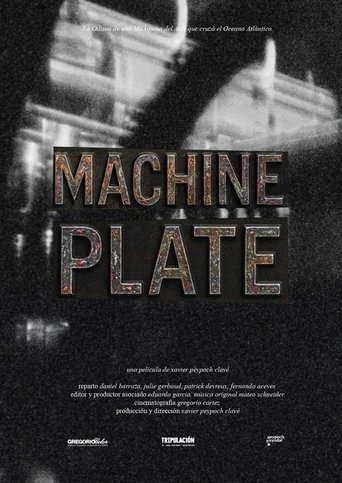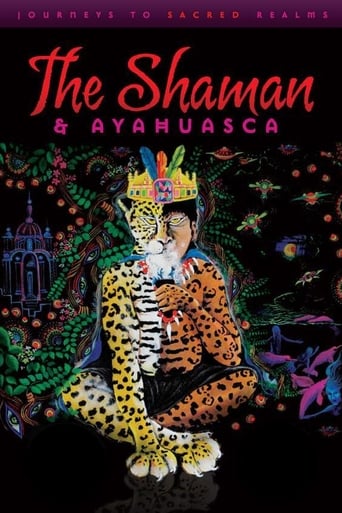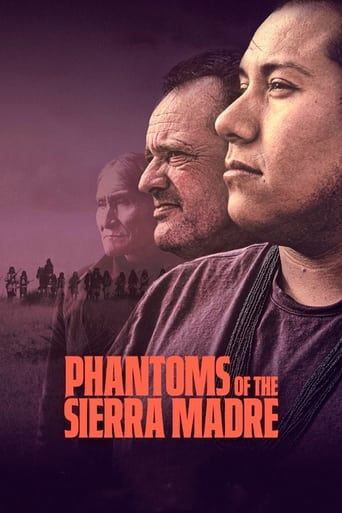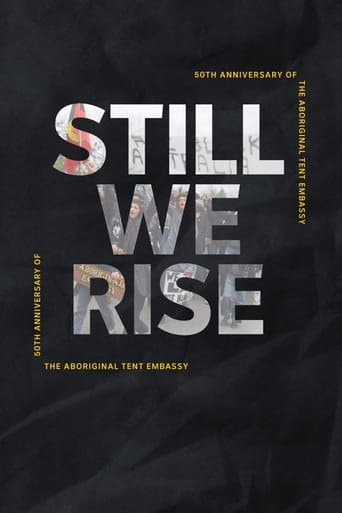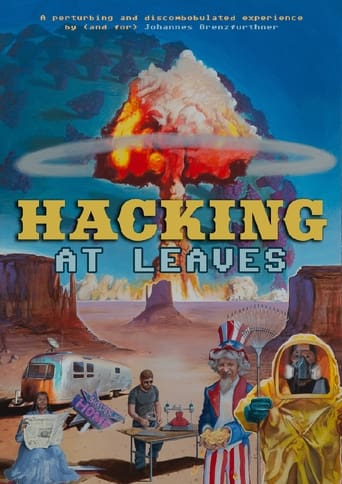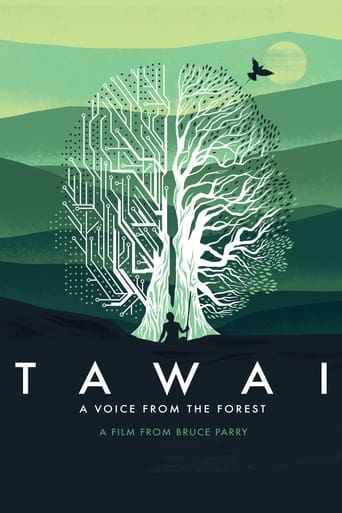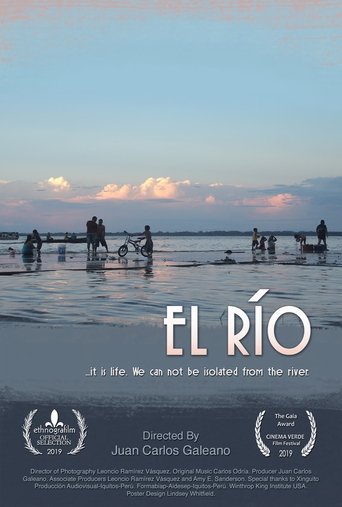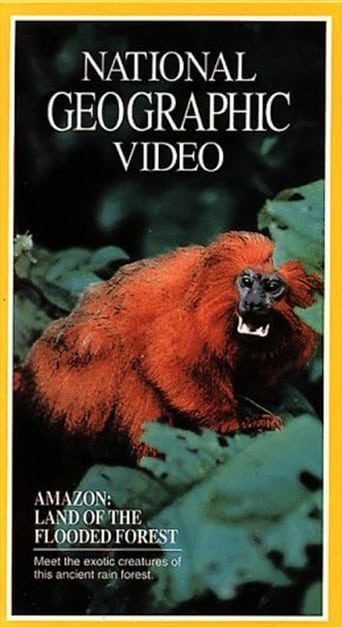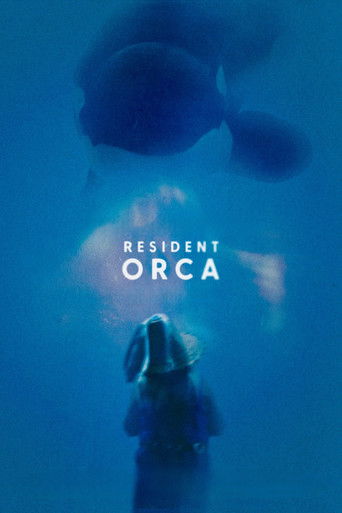
01 Mar 2015

A New Understanding: The Science of Psilocybin
A New Understanding explores the treatment of end-of-life anxiety in terminally ill cancer patients using psilocybin, a psychoactive compound found in some mushrooms, to facilitate deeply spiritual experiences. The documentary explores the confluence of science and spirituality in the first psychedelic research studies since the 1970s with terminally ill patients. As a society we devote a great deal of attention to treating cancer, but very little to treating the human being who is dying of cancer.

